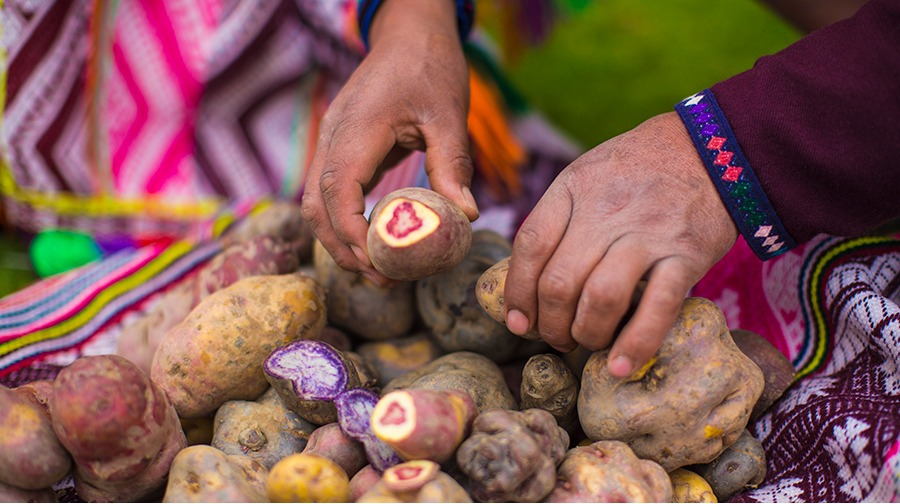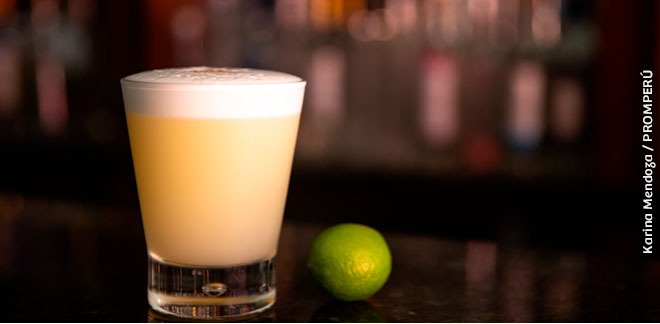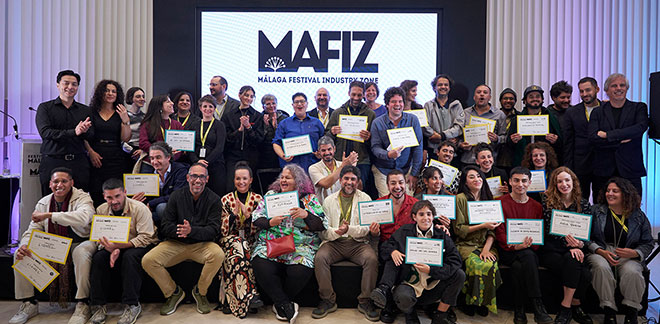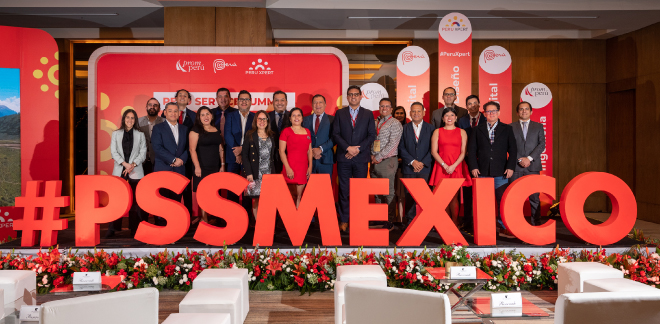BBC Travel documented the journey of the Peruvian potato throughout history
Síguenos en:Google News
When we speak of the potato, we speak of the food of the Incas. No more, no less. This wonderful tuber, of which 5,000 varieties are known so far (more than half are produced in Peru according to Minagri), is a highly adaptable plant, since it grows in the most diverse climate and soil conditions, and today it feeds children and adults all over the world, not to mention the 33 million Peruvians.
As we are nearing National Potato Day, celebrated in Peru every May 30th, it is worth remembering the incredible historical journey of the Peruvian Super Food that today has become the culinary delight of the world.
Find relevant information about the native potato here.
From Peru to the world
"Yes, the first potatoes came from what is now Peru," confirms Charles Crissman, a researcher at the International Potato Center, in a New York Times article cited by the BBC as scientific proof of its origin. It was domesticated 8,000 years ago in the Altiplano area. According to the article, after the arrival of the Spanish conquistadors in the Americas, the potato embarked on a journey around the world, to such an extent that its nationality seems to be lost today in cosmopolitanism: the whole planet claims it as its own.
"French fries [are] a patriotic food and a symbol of French cuisine," wrote French critic Roland Barthes in 1957 in his book “Mythologies”. The Irish also have a lot to say about this vegetable, as do the Chinese. But we'll get to that.
From the BBC report, we learned that when the potato was brought to Spain, there were certain difficulties in its initial cultivation. The reason: the European summer did not suit the tuber, which was better suited to growing around the winter months.
Eventually, the potato managed to adapt and began to establish itself all over Europe. Particularly in Ireland, where it generated significant profits among farmers. In his book Notes of a Potato Watcher, sociologist James Lang wrote: "No crop produced more food per acre, demanded less cultivation, and stored as easily as the potato."
From Great Britain, the potato traveled east. It reached the Netherlands in 1650, Germany, Prussia and Poland in 1740 and Russia in 1840. And since the genetic adaptation to the new world was already in the tuber's DNA, the product simply became a nutritional success.
Especially in times of conflict, when Europe suffered from terrible famines.
The article quotes historian William McNeill’s 1999 essay How the Potato Changed the World's History, which states that "every military campaign on European soil after about 1560 resulted in an increase in potato acreage, down to and including World War Two".
Even in The Wealth of Nations, considered the first modern book on economics, Adam Smith had said: "The food produced by a field of potatoes is… much superior to what is produced by a field of wheat" (1776).
You can visit the BBC article yourself here.
Despite its Andean origin, it is known that today the top five potato producers in the world are China, India, Russia, Ukraine and the United States, which together account for more than half of the world's production.
Nutritional benefits
The potato provides a large amount of carbohydrates, ideal for energy expenditure. It also provides vitamins C, B1, B3, B6 and minerals such as potassium, phosphorus and iron. We often wonder who dragged the huge stones of Machu Picchu into place. The answer could lie in the collective work of an Inca community that was well fed... with native potatoes.
Sources: FAO/ Servindi/ Sputnik Mundo








